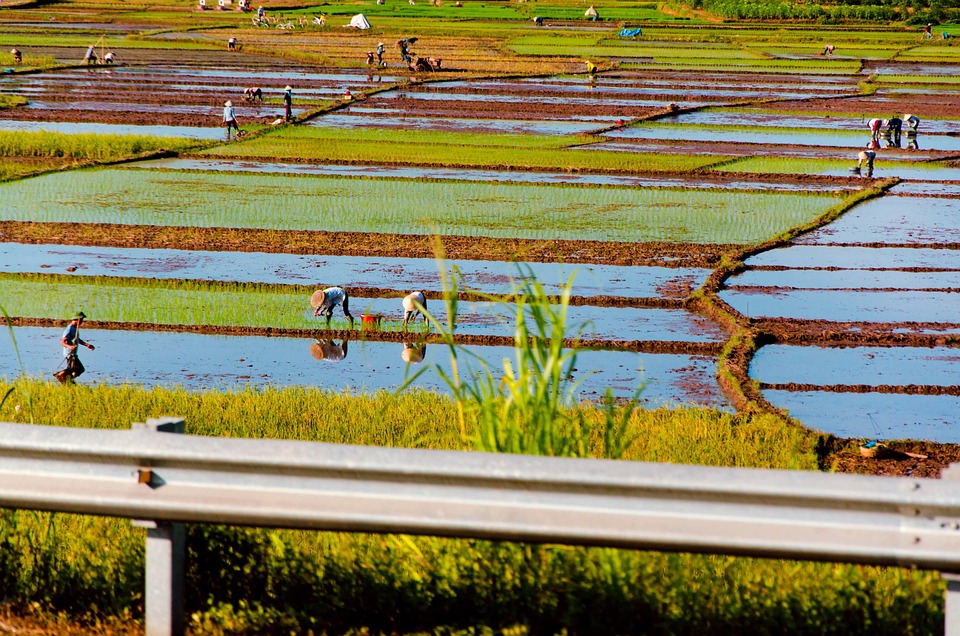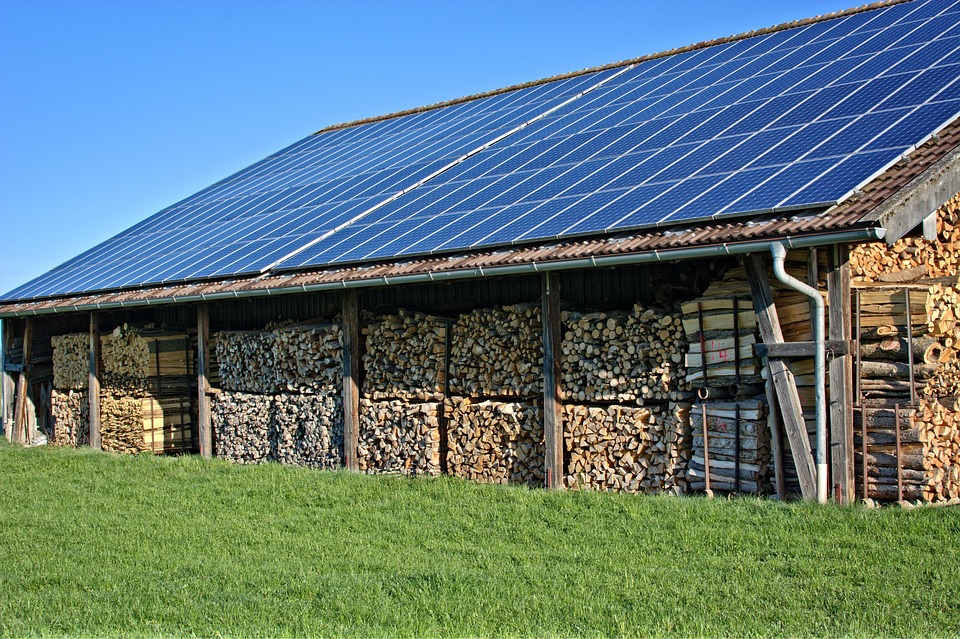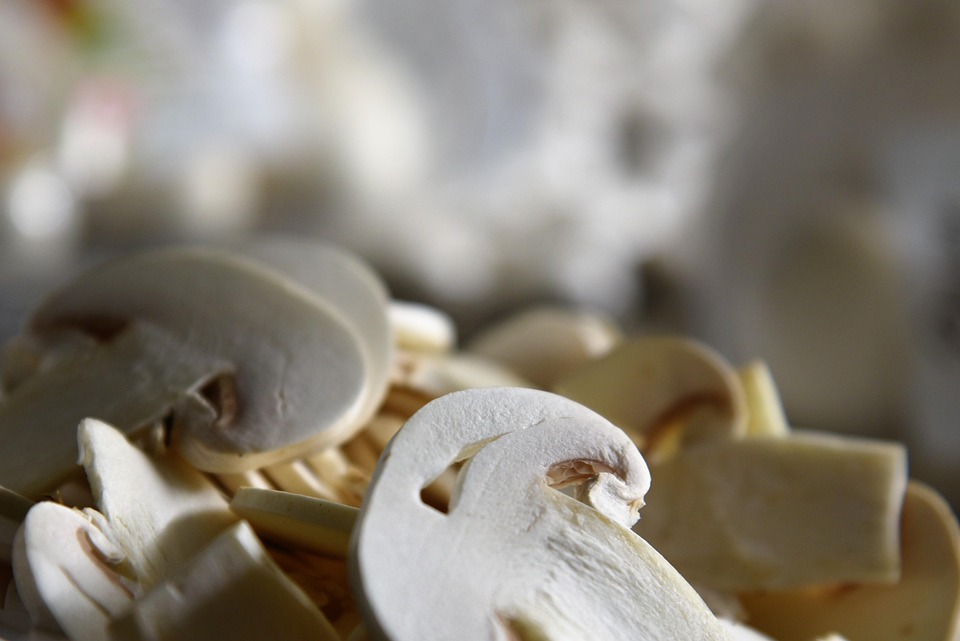Sowing Seeds of Change: The Rise of Sustainable Agriculture Practices
# Sowing Seeds of Change: The Rise of Sustainable Agriculture Practices In the early days of my gardening adventures, I remember the thrill of planting my first seeds. Armed with nothing but a trowel and a desire to grow something beautiful, I stumbled upon a small section of my backyard that once lay barren. I chose to sow heirloom tomatoes, guided by the whispers of the wind and the rich, brown earth’s calling. Little did I know, those seeds would not only bear fruit but also lay the groundwork for a deeper exploration into the world of sustainable agriculture. Today, sustainable farming isn’t just a trend; it’s a movement, empowering communities and reshaping our relationship with the land. ## Understanding Sustainable Agriculture Sustainable agriculture encompasses farming practices that prioritize ecological balance, economic viability, and social responsibility. Unlike industrial farming, which often employs harmful pesticides and monocultures, sustainable approaches aim to minimize harm to the environment while producing healthy food. Techniques like crop rotation, organic farming, agroforestry, and permaculture are just a few examples of how farmers are creatively preserving natural resources while ensuring food security. ### The Importance of Biodiversity Biodiversity is at the heart of sustainable agriculture. Healthy ecosystems are diverse and resilient, making them less vulnerable to diseases and pests. By incorporating various plant species and animal breeds, farmers can cultivate a more balanced environment. For example, companion planting—growing certain plants next to each other—can naturally repel pests, improve nutrient uptake, and even enhance flavors. ### Regenerative Practices: More Than Sustainability You might have heard the buzz around “regenerative agriculture,” a term that emphasizes restoring and rejuvenating the soil and ecosystems rather than merely sustaining them. This involves practices such as cover cropping, no-till farming, and holistic livestock management. When properly executed, regenerative practices can improve soil health, sequester carbon, and enhance the resilience of food systems against climate change. ## The Rise of Urban Farming As more people gravitate toward cities, urban farming has emerged as a viable solution to food deserts—areas with limited access to fresh produce. Rooftops, vacant lots, and community gardens brimming with kale and tomatoes are popping up across urban landscapes. These micro-farms not only provide fresh food; they also create green spaces, foster community bonds, and teach valuable gardening skills. By embracing urban farming, cities can turn food deserts into food oases, empowering residents to take control of their diets. ### Hydroponics and Aquaponics: A New Wave of Agriculture Urban farming has also given rise to innovative techniques such as hydroponics and aquaponics. Hydroponics allows plants to grow in nutrient-rich water instead of soil, using up to 90% less water than traditional farming. Aquaponics combines hydroponics with aquaculture, creating a symbiotic relationship between fish and plants. The fish waste provides nutrients for the plants, while the plants naturally filter the water for the fish. Both methods are space-efficient and can dramatically increase yield, making them perfect for urban environments. ## Benefits of Sustainable Agriculture The benefits of sustainable agriculture extend far beyond the dinner plate: 1. **Economic Viability**: By reducing dependency on chemical inputs and leveraging local resources, sustainable practices can lower production costs and lead to higher profit margins for farmers. 2. **Environmental Preservation**: Sustainable agriculture reduces soil erosion, conserves water, and promotes biodiversity, making it a critical ally in the fight against climate change. 3. **Healthier Communities**: Access to fresh, chemical-free produce improves public health and wellbeing, while educational initiatives encourage healthy eating habits. 4. **Cultural Enrichment**: Engaging in sustainable practices fosters a sense of community and belonging. Farmers markets, community gardens, and local food co-ops celebrate regional flavors and foster cultural exchange. ## Pro Tips for Starting Your Sustainable Journey Embarking on a sustainable agricultural journey can be incredibly rewarding. Here are some pro tips to get you started: 1. **Start Small**: Whether it’s a windowsill herb garden or a small backyard plot, begin with manageable tasks. This will help you build confidence without feeling overwhelmed. 2. **Educate Yourself**: Utilize resources like local agricultural extensions, online courses, and community workshops to learn about organic gardening, permaculture, and soil health. 3. **Soil Health Matters**: Invest time in understanding your soil. Conduct a soil test to assess its pH and nutrient levels, then amend accordingly with organic matter. 4. **Embrace Companion Planting**: Research beneficial plant pairings to maximize your garden’s potential. For example, planting marigolds alongside vegetables can deter pests. 5. **Connect with Your Community**: Join local gardening clubs, farming cooperatives, or online forums. Building a network can provide valuable insights and support. ## The Global Movement Towards Sustainability Around the world, communities are joining forces to promote sustainable agricultural practices. Efforts range from local initiatives to global movements like the Farm to Fork Strategy, an integral part of the European Green Deal aimed at creating a fair, healthy, and environmentally-friendly food system. Additionally, many countries are investing in research and innovation to make sustainable practices more accessible to farmers of all sizes. From funding organic farming initiatives to supporting agroecological research, the momentum is palpable. NGOs and grassroots organizations are also playing crucial roles in advocating for sustainable policies and practices. ## Inspiring Success Stories Numerous farmers and communities have made remarkable strides in sustainable agriculture. One shining example comes from the “Kiss the Ground” movement, which focuses on regenerative practices that rehabilitate soils on a global scale. Their work has inspired thousands of farmers to adopt carbon farming techniques that not only sequester carbon but also yield rich harvests. Another inspiring case is the rise of women-led cooperatives in developing nations. In places like Malawi and Nepal, women farmers are banding together to share knowledge and resources, elevating their status within their communities while implementing sustainable farming practices that enhance food security. ## The Future of Food is Sustainable The transition toward sustainable agriculture is not merely an option; it’s a necessity. As global challenges like climate change, food insecurity, and loss of biodiversity intensify, sustainable practices will play a pivotal role in shaping the future of our










